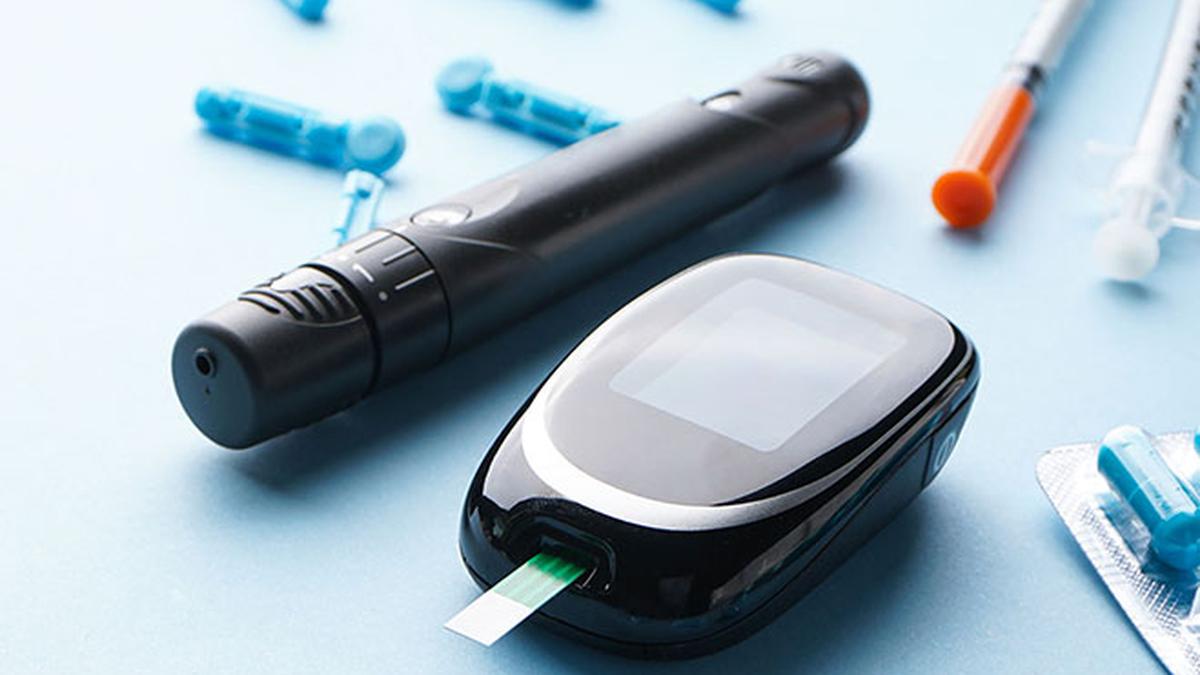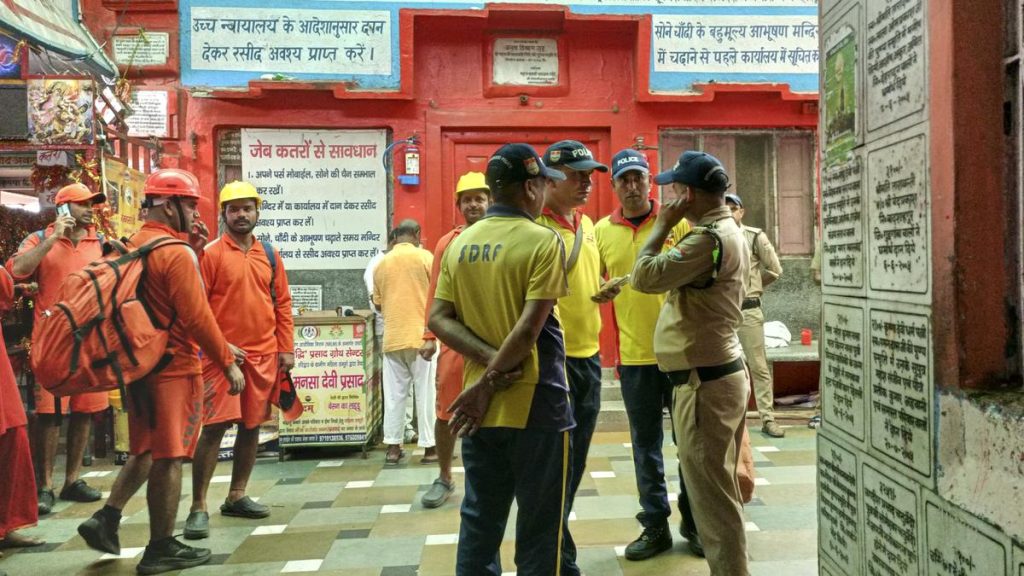Now Reading: Mittayi’ Becomes a Bitter Challenge for Kerala’s Children with Type 1 Diabetes
-
01
Mittayi’ Becomes a Bitter Challenge for Kerala’s Children with Type 1 Diabetes
Mittayi’ Becomes a Bitter Challenge for Kerala’s Children with Type 1 Diabetes

Quick Summary
- ‘Mittayi’ Scheme: Launched in 2018 by Kerala’s Social justice Department for children with Type 1 diabetes. It aims to provide modern pen insulin, glucose monitoring, health treatment, and nutrition advice through paediatricians, nurses, and dieticians at ‘Mittayi’ clinics.
- Current Beneficiaries: Around 5,000 children with Type 1 diabetes in Kerala; approximately 2,000 aged under 18 from families earning less than ₹2 lakh annually are covered.
- Change in Insulin: Slow-acting insulin is being provided rather of rapid-acting insulin as June this year. This change raises concerns due to its longer action time (up to eight hours vs. three hours for rapid-action).
- Other Challenges:
– Monthly insulin cartridge distribution is capped despite varying patient needs based on age/weight.
– Blood sugar monitoring strips distributed per month (50) fall significantly short of the required amount (210).
- Practical Difficulties:
– Hyperactive children face challenges managing blood sugar levels with slow-action insulin.
– Waiting periods before meals cause morning disruptions and afternoon troubles like dizziness, seizures, or loss of consciousness due to fluctuating blood sugar levels.
- Budget Constraints: Officials cite financial limitations as the reason for these changes; a budget increase from ₹3.8 crore to around ₹10 crore woudl be needed to provide earlier imported insulin types and allied devices.
Indian Opinion analysis
The ongoing adjustments in Kerala’s ‘Mittayi’ scheme highlight the complex interplay between healthcare effectiveness and financial feasibility within public welfare programs. While slow-act insulin distribution may reduce immediate costs amidst growing beneficiaries under budgetary constraints,its appropriateness for younger populations remains questionable given documented practical difficulties.
Rapid-action alternatives might better align with active lifestyles and blood sugar fluctuations typical among diabetic children but come at a higher cost that strains limited resources. Parents bearing out-of-pocket expenses further underscore economic disparities faced by lower-income families reliant on government support.
Long-term implications stress the need for more sustainable funding models or innovative solutions that balance affordability without compromising care quality-a challenge policymakers must grapple with as demand rises over time.
Read more here.
























